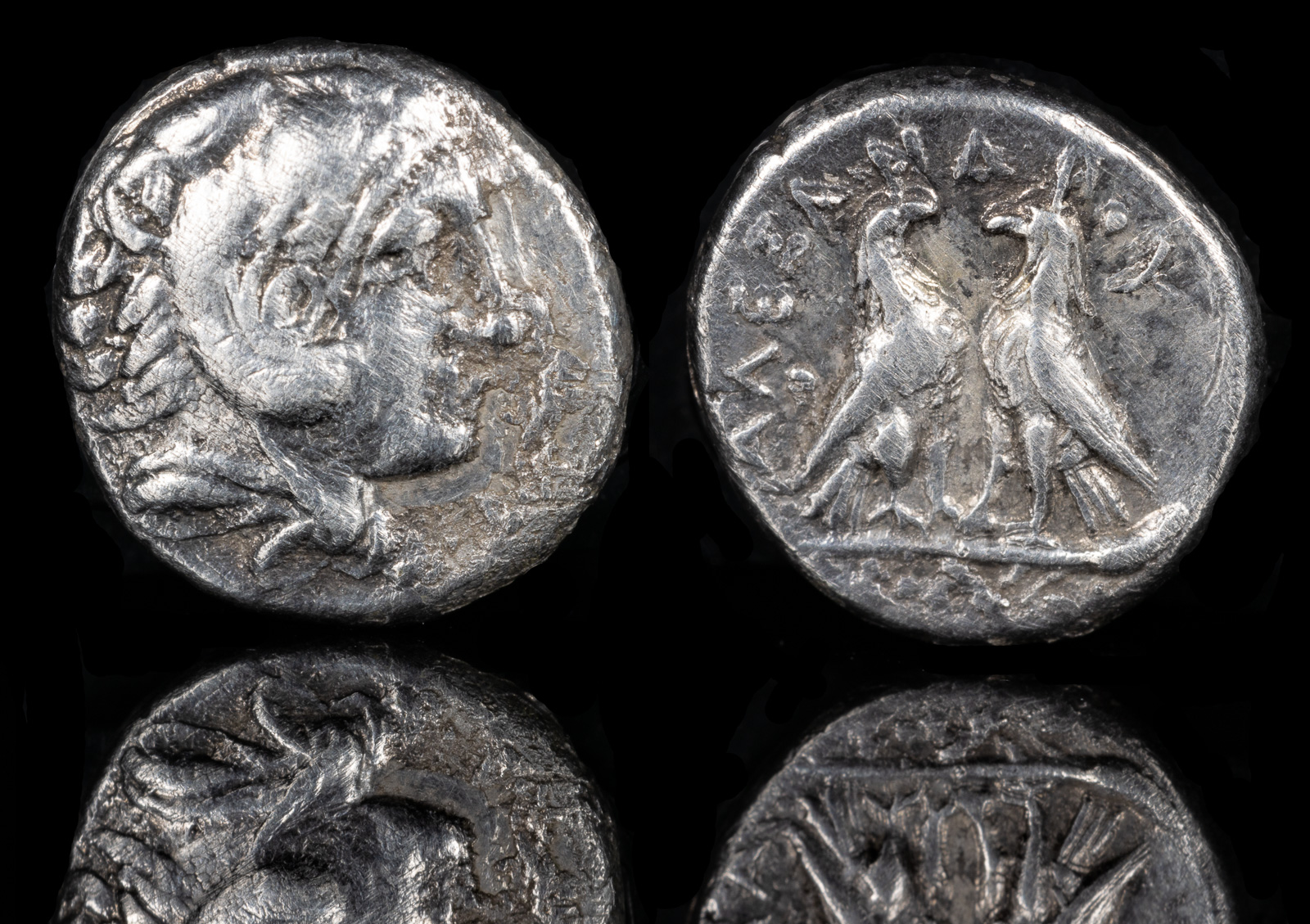Diobol
View All Tags
The diobol, meaning “two obols” in Greek, was a small silver coin used widely in ancient Greek city-states. It was a fractional denomination, worth one-third of a drachma, and played an essential role in the day-to-day transactions of the Greek populace. The diobol reflects the practical side of Greek coinage, designed to facilitate small-scale commerce and ensure accessibility for a broad segment of society.
The diobol’s modest value made it ideal for everyday transactions, such as purchasing food, paying for labor, or conducting minor religious offerings.
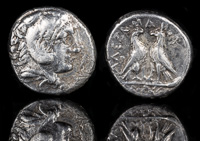
Alexander III 336-323 BCE
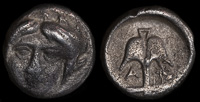
Apollonia Pontika 4th cent BCE
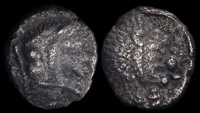
Baktria 4th century BCE
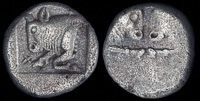
Chersonesos, Caria 480-450 BCE
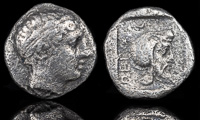
Gongylos 450-400 BCE
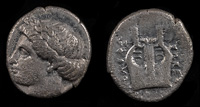
Kolophon, Ionia 375-360 BCE
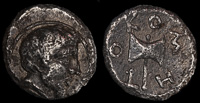
Metokos 407-386 BCE

Saratokos 407-369 BCE
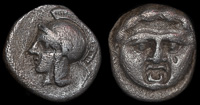
Selge, Pisidia 350-300 BCE
